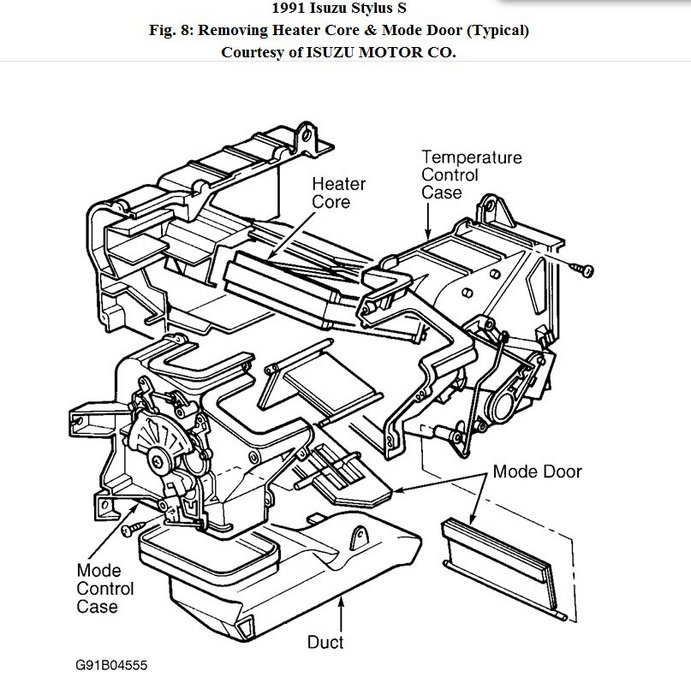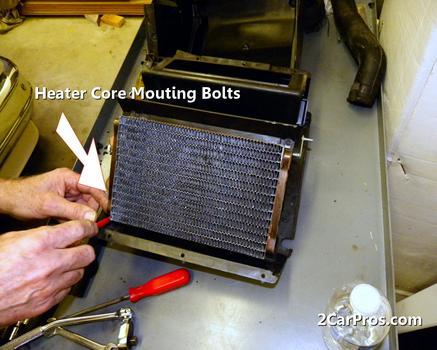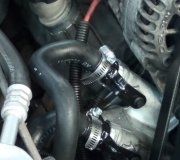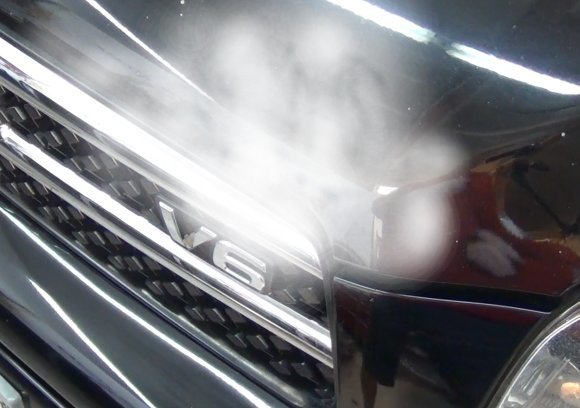You will mainly be working under the dash. The only work in the engine bay is to remove the 2 hoses which are the inlet/outlet hoses. There is usually a nut or 2 that hold the heater core in place and are removed from the engine bay on the firewal and will be right next to hoses.
Under the dash in the middle, you will find the heater box which is the diagram I sent you. You may have to remove some things to get them out of the way, but it is pretty straight forward and you can usually remove the whole box and pull it out and put the heater core in with it out of the vehicale. Then you just put the whole assembly back in and all you do is line up the hose inlet/outlet on the heater core to the holes in the firewal, this is where the hoses connect, and then bolt the box in and hook up hoses and retaining nuts and you are done.
When you refill the sytem with anti-freeze turn the heat all the way up, temperature, so that theheater core will have full flow and after you fill the radiator, start the vehicle and continue to fill it until it reaches operating temperature or when the level drops, this is the thermostat opening. Drive it around some, but don't go on a road trip yet, let it cool off until you can safely remove the radiator cap and repeat the process.
This is the best way to keep air bubbles from formaing in the sytem. Sometimes it still happens. Some vehicles have a bleed screw on the thermostat housing. You would open this until it just started to move and then with the car running to do aforementioned, put the raiator cap on and when it gets to operating temp, open it and let it flow some, close it. Repeat until the flow comes out in a steady stream. Then you should be good to go, but just keep an eye on it the first 100 miles or so. When you empty or nearly empty the cooling sytem it can be a bear to keep air bubbles out which will cause overheating.
So, watch temp gauge and keep anti-freeze with you in vehicle for a while so you don't get stuck. Just in case.
Wednesday, November 16th, 2011 AT 4:32 AM






